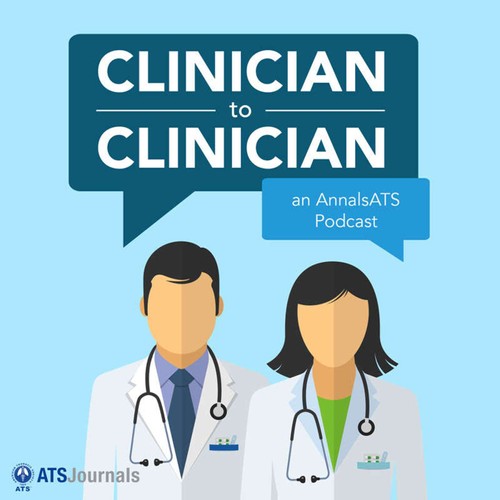
 Clinician to Clinician: An AnnalsATS Podcast
Clinician to Clinician: An AnnalsATS Podcast Summary for Clinicians: Clinical Practice Guideline for the Diagnosis and Treatment of Community-acquired Pneumonia
12 snips
Feb 27, 2025 Dr. Barbara Jones, an Assistant Professor in Pulmonary and Critical Care Medicine, delves into key clinical guidelines for community-acquired pneumonia. She discusses innovative concepts in risk assessment and diagnostic testing, including the impact of MRSA testing. The conversation explores the changing landscape of aspiration pneumonia, with a focus on anaerobic bacteria. Dr. Jones also addresses corticosteroid use, treatment strategies for influenza patients, and the shift towards conservative imaging practices. A must-listen for clinicians looking to enhance patient care!
AI Snips
Chapters
Transcript
Episode notes
Benefits of Clinical Guidelines
- Clinical practice guidelines offer clinicians a synthesized, digestible format of evidence-based practices.
- These guidelines also highlight areas of uncertainty, guiding future research and improving patient care.
Key Guideline Changes
- Key changes in the guidelines include abandoning HCAP criteria for resistant organisms and changes to macrolide recommendations.
- More aggressive testing is advised for severe pneumonia or broad-spectrum antibiotic use, while routine follow-up x-rays are discouraged.
Blood Culture Recommendations
- Obtain blood cultures for patients with severe CAP or receiving broad-spectrum antibiotics.
- Avoid routine blood cultures for patients without severe pneumonia, as they rarely change management.
